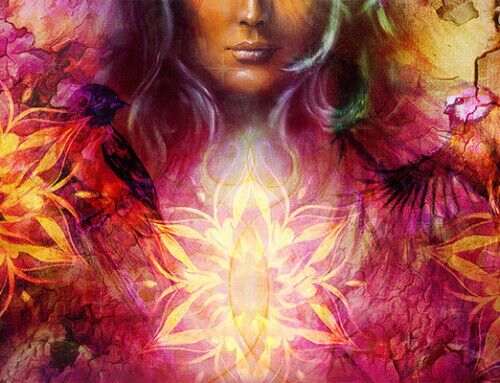
Gender and sexual orientation nonconformity have been reported throughout history, although the manner in which these dispositions and identities are understood varies with era and culture. Western religious traditions, predominantly founded in Abrahamic faith, have usually expressed aversion toward any diversion from a bonding model limited to one man and one (or more) wife, and have perpetuated strictly paternalistic and authoritarian structures regarding gender roles.
In many other societies, however, minority sexual identities and idiosyncratic gender behaviors have been well tolerated, often even celebrated. This is particularly true when these nonconformities are juxtaposed with the religious functions and spiritual roles such individuals are called upon to fulfill within their own cultural traditions. Indeed, any cross-cultural review of indigenous and shamanic societies is bound to encounter numerous surprising accounts of sexually diverse individuals who nevertheless hold positions of high regard within their own cultures in realms of spiritual power, healing, and as religious intermediaries.
Moreover, if one looks deeply at spiritual capacities and institutions even today within our own culture, one sees a clear over-representation of people outside societal norms of sexual orientation and gender identity. One need only consider the prevalence of such nonconformists in the expressive and sacred arts, as social critics and commentators, as caretakers and healers, and as spiritual functionaries. Indeed, although recent scandals born of authoritarian power, repression, and secrecy have marred the images of some ostensibly celibate religious institutions, it has been common knowledge for centuries that a large proportion of the populations of monasteries, seminaries, and convents, both in the East and the West, have consisted of persons of diverse gender and sexual orientations.
Because of their unmistakable presence in history, these linkages between sexual identity, gender diversity and spirituality cannot be accidental. We see also that these correlations are rarely solely the choices of single individuals in their own quests to connect with the universal; the qualifications of spiritual emissaries and functionaries are often dictated by the cultural matrix and by long tradition.
The metaphysical question thus presented is complex, although not inaccessible: What is there about the human spirit and its approach to the numinous that favors a gender or sexuality-diverse consciousness? Approaching this same question in the alternate direction, we inquire what it is about metaphysical reality that offers itself more readily to the apprehension of those individuals with nonconforming sexual and/or gender consciousness.
Course Continued…
This is an excerpt from one of the many elective courses available in the University of Metaphysical Sciences curriculum.


Leave A Comment